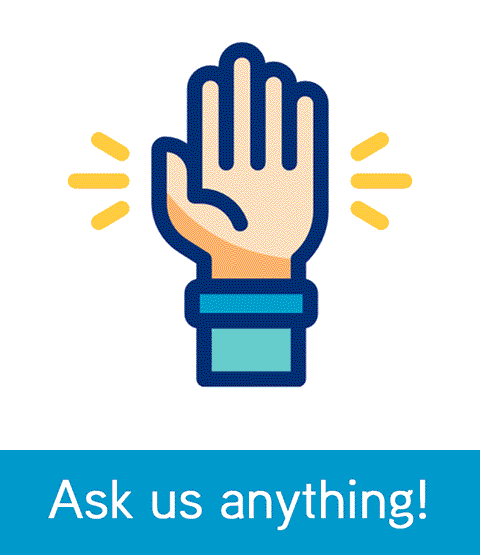Asthma-related fatalities are a global health problem, particularly in developing nations where an ambulance and emergency medical services are under-resourced.
According to the World Health Organisation, there were 417,918 deaths in 2016, most of which occurred in low and lower-middle-income countries.
MIT’s school of digital technologies’ Dr Sayan Kumar Ray and his research colleagues from Carnegie Mellon University in Rwanda and the University of Rwanda saw the potential for using an Internet of Things (IOT) approach in designing a low-cost alert system to serve people in the capital city, Kigali.
Their work titled ‘An IOT-Alert System for Chronic Asthma Patients‘ proposed a design and a functioning prototype of the system that has very recently won a Best Paper Award in the Ad Hoc Networks and Wireless Networks category at a reputed international conference, the IEEE IEMCON 2020, held virtually this year due to Covid-19.
“The reviewers liked the idea. We did not expect that. It was out of the blue. We were very pleasantly surprised,” says Dr Ray.
While a phone call is still the most common way of alerting ambulance services of an emergency, for asthma-sufferers experiencing difficulty, especially those who live alone, it’s not a user-friendly solution.
The Rwandan prototype allows patients to send a message from their smart devices to neighbours or other designated carers requesting immediate help, while emergency and healthcare services are also alerted.
“They find it handy,” says Dr Ray. “The next phase is we plan to do more work to perfect the system and make it more automatic, embedding artificial intelligence.”
The use of the Internet of Things which is defined as, ‘the connectivity between multiple electronic sensors and devices with a network underneath them and people using these,’ and its application to healthcare is one of the MIT researcher’s key areas of interest.
Currently, he’s working on applying it to eldercare in New Zealand with the backing of MIT research funding.
The planned system will work on the basic principle of employing an IoT-based multi-modal communication approach to send out alert messages to neighbours, friends or family members during medical emergency situations involving elderly people living alone at home.
“What we thought was; can we have an easy-to-use and low-cost system that can automatically detect there is an emergency and trigger an alert to whānau or neighbours so they can check out what has happened before an ambulance arrives. These are the first responders,” says Dr Ray.
Machine learning algorithms will select the most appropriate first responder to attend the emergency situation based on certain predefined conditions.
A functioning proof of concept for the system is under development by a multi-disciplinary team including academics and students from MIT’s school of digital technologies and school of health and counselling.
“I like the applied nature of research that can change peoples’ lives and have a positive effect. These projects can be readily applied in the community.”
Dr Ray is the author and co-author of close to sixty published research papers as well as supervising PhD projects through AUT and Taylor’s University, Malaysia.
Apart from IoT applications in healthcare, disaster management and security, his other research interests are in 5G and 6G network systems and dynamic spectrum sharing.








